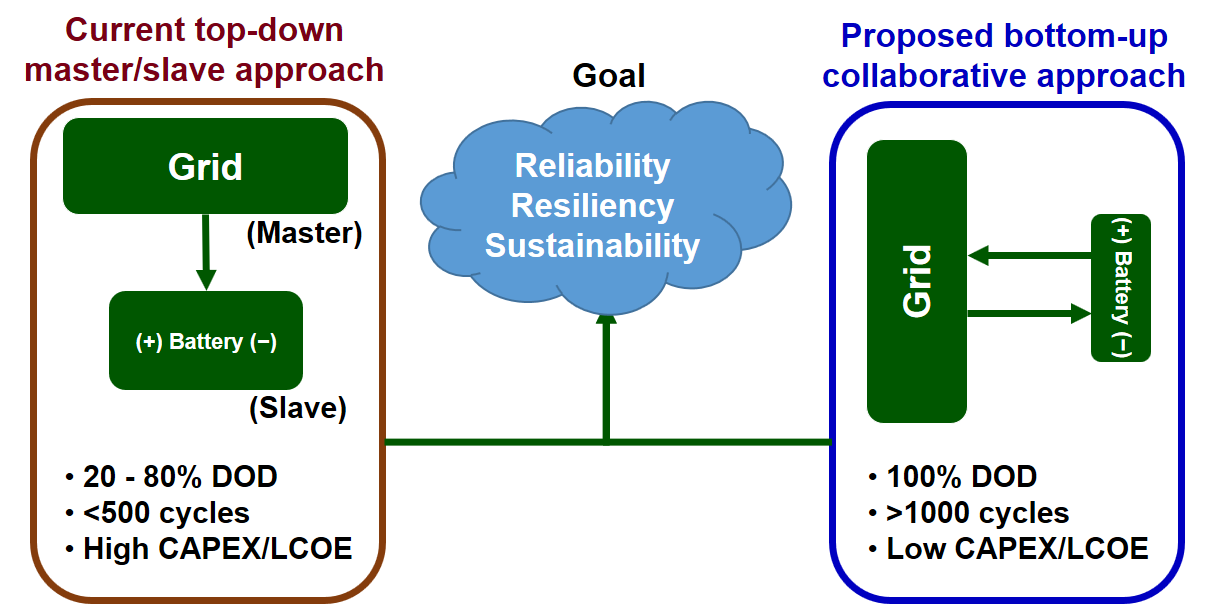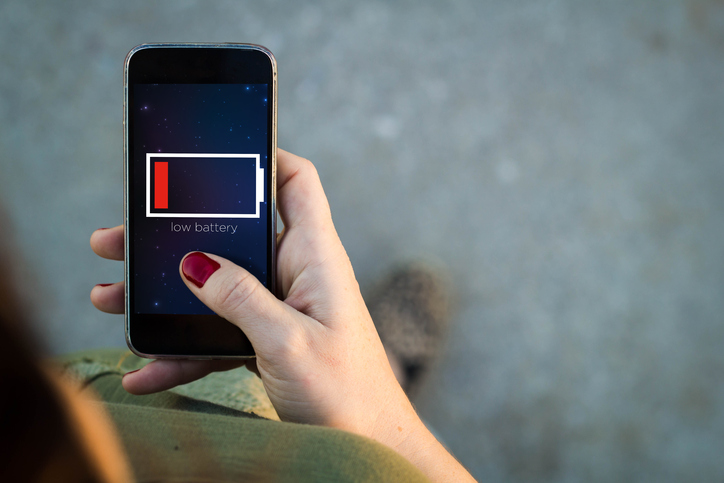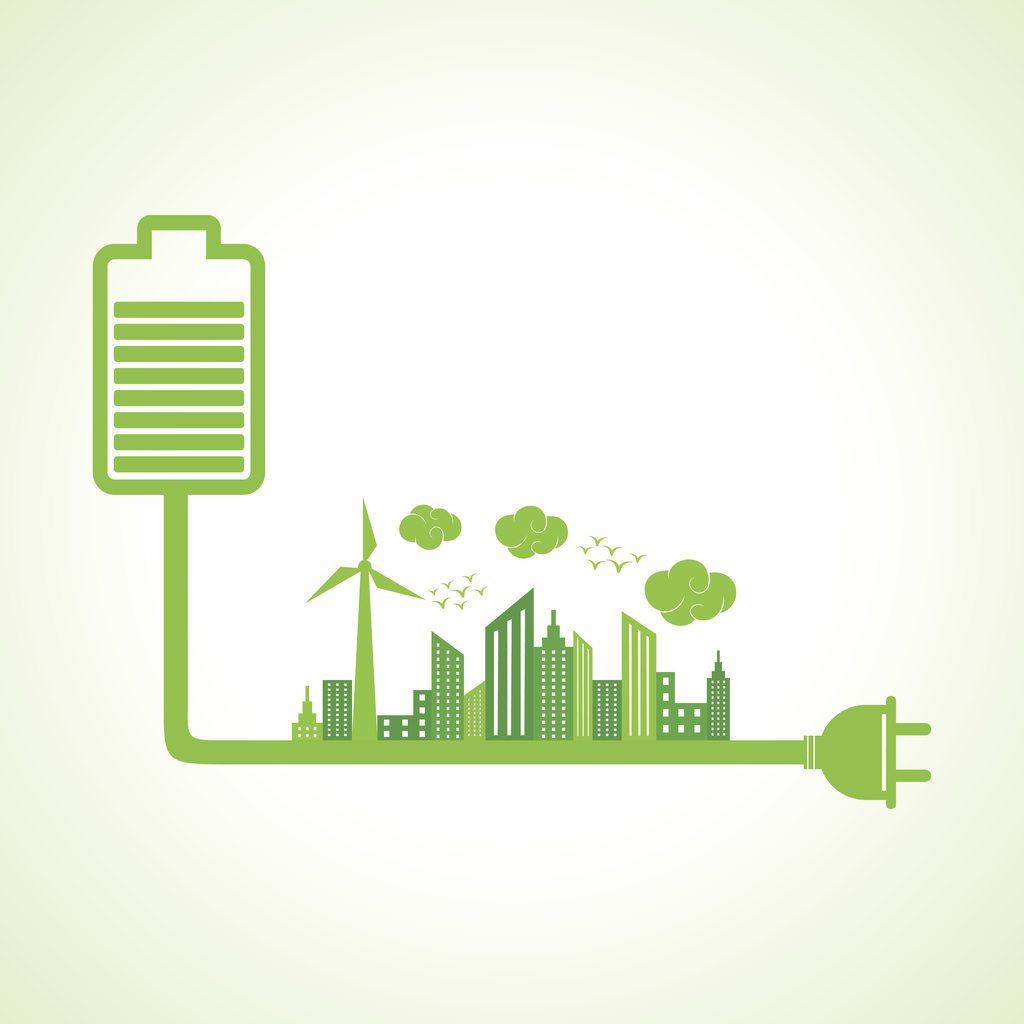 Researchers from Columbia University School of Engineering and Applied Science recently developed a method that could result in safer, longer-lasting, bendable lithium-ion batteries. To do this, the team applied ice-templating to control the structure of the solid electrolyte for lithium-ion batteries.
Researchers from Columbia University School of Engineering and Applied Science recently developed a method that could result in safer, longer-lasting, bendable lithium-ion batteries. To do this, the team applied ice-templating to control the structure of the solid electrolyte for lithium-ion batteries.
Recent reports of cell phones and hoverboards bursting into flames have made people aware of the safety concerns related to the lithium-ion battery’s liquid electrolyte. The researchers behind this new work decided to confront the safety issues by exploring the use of a solid electrolyte, therefore developing an all-solid-state lithium battery.
[The researchers] were interested in using ice-templating to fabricate vertically aligned structures of ceramic solid electrolytes, which provide fast lithium ion pathways and are highly conductive. They cooled the aqueous solution with ceramic particles from the bottom and then let ice grow and push away and concentrate the ceramic particles. They then applied a vacuum to transition the solid ice to a gas, leaving a vertically aligned structure. Finally, they combined this ceramic structure with polymer to provide mechanical support and flexibility to the electrolyte.





 A new paper published in the Journal of The Electrochemical Society, “
A new paper published in the Journal of The Electrochemical Society, “ In an effort to develop an eco-friendly battery, researchers from Ulsan National Institute of Science and Technology (UNIST) have created a battery that can store and produce electricity by using seawater.
In an effort to develop an eco-friendly battery, researchers from Ulsan National Institute of Science and Technology (UNIST) have created a battery that can store and produce electricity by using seawater.